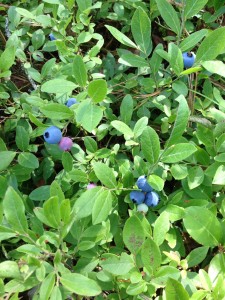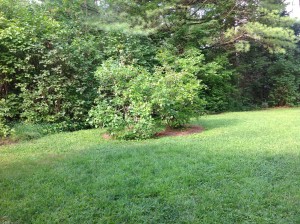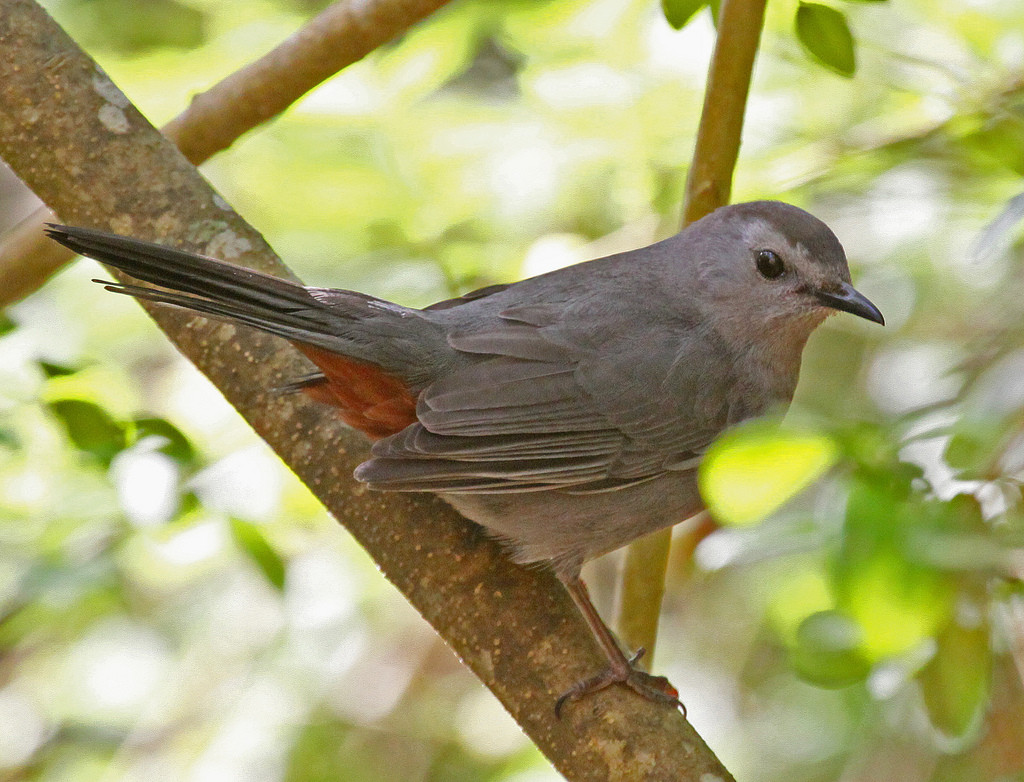My mind, like many, like Henry Thoreau’s, is drawn by symmetry, and so the date 8/8 seemed cast as a lure. It was, as is often true in this column, morning, time of coffee and a little reading (see below) and backyard gazing. And, as I idled, the day seemed the one where the month had tipped, begun its sidle to September.
I intuited this in part because the traffic at the blueberry flughafen, where for these weeks our backyard birds, led by catbird and cardinal, have sought their berries, had dropped off. It had gone from being a metropolitan fly-in to a sleepy regional airport, with its mechanic napping in his shaded chair.
And, where just days ago, I could see clustered rounds of blue, a promise of berries, now I could see only a sparse dotting of green, summer’s leftovers. Enough, to be sure, to keep the catbird coming and going, but that morning s/he was the only flier.
This stretch days sometimes feels like a slow inbreath, before the rush of fall comes on, before school gathers in the summer-dreamy children, before the winds arrive in earnest. I am deep in August, but always aware that what’s next is stirring nearby.
And so I smiled especially at what my morning readings – of book and berry bush – brought me to. Here’s the opening stanza of Emily Dickinson’s poem 316, written some time in the Thoreau-familiar year of 1862:
The Wind didn’t come from the Orchard — today —
Further than that —
Nor stop to play with the Hay —
Nor joggle a Hat —
He’s a transitive fellow — very —
Rely on that —
These lines made me think of September and Thoreau simultaneously — the wind and the word, transitive, yes, but I can “Rely on that —“ arriving all the way from 1862.




